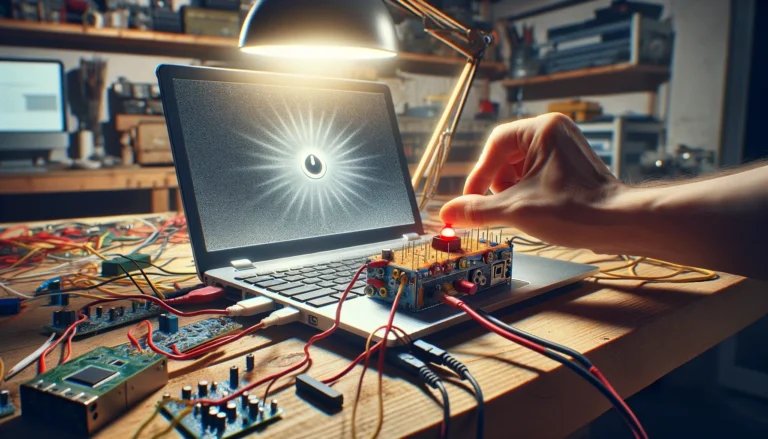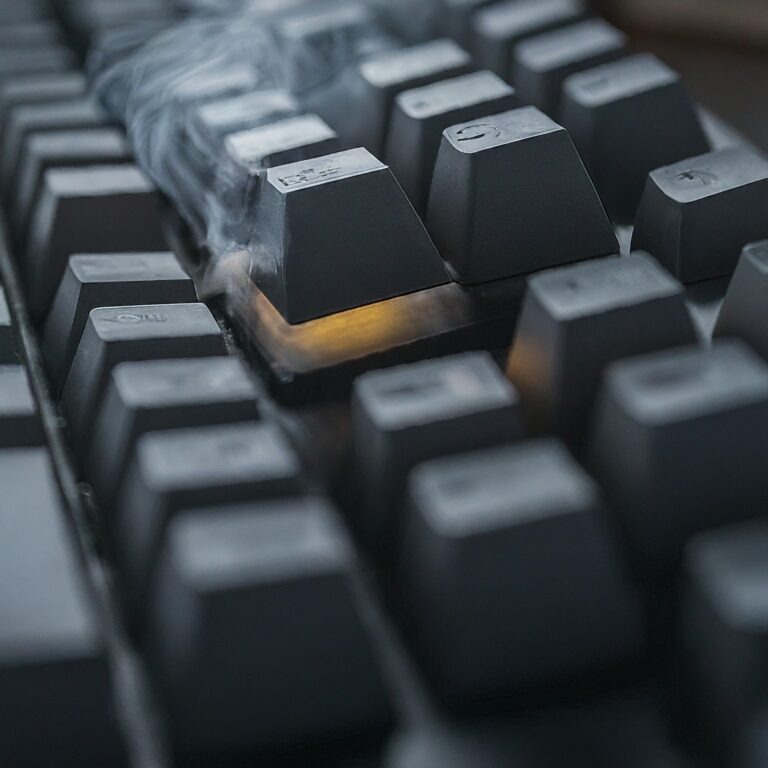Computer speakers are an essential component of any desktop or laptop computer, allowing you to enjoy audio from music, videos, games, and other applications. However, like any electronic device, computer speakers can experience technical issues over time. This guide provides a comprehensive overview of how to repair common problems with computer speakers, allowing you to troubleshoot and fix the issues yourself.
1. Identifying the Problem
Before attempting any repairs, it is essential to accurately identify the problem with your computer speakers. Some common signs of speaker issues include:
- No sound or distorted sound
- One speaker not working
- Static or crackling noises
- Intermittent sound
- Volume issues
2. Checking Connections
The first step in troubleshooting speaker problems is to check all the connections. Ensure the speaker cables are securely plugged into the appropriate ports on your computer and the speakers. If the cables are loose or damaged, replace them with new ones.
3. Adjusting Audio Settings
Before concluding that your speakers are faulty, verify that the audio settings on your computer are configured correctly. Open the sound settings on your computer, ensure the correct output device is selected, and adjust the volume levels accordingly.
4. Troubleshooting Electrical Issues
If your speakers are not receiving power, check the power cord and outlet. Ensure the cord is properly plugged into a working outlet and that the power switch on the speakers is turned on. If the issue persists, try using a different power cord or outlet.
5. Resolving Volume Issues
If your speakers are too quiet or too loud, adjust the volume controls on your computer, speakers, and any external audio devices. Additionally, check for any software volume controls that may be affecting the output volume.
6. Fixing Distorted or Crackling Sounds
Distorted or crackling sounds often indicate a problem with the speaker drivers. Try cleaning the speaker cones and diaphragms with a soft brush or compressed air. If the issue persists, the speaker drivers may need to be replaced.
7. Repairing or Replacing Speakers
If you have tried all the above troubleshooting steps and your speakers are still not working, it may be time to consider repairing or replacing them. If the speakers are under warranty, contact the manufacturer for repair or replacement options. For older or out-of-warranty speakers, you may need to purchase new ones.
Conclusion
By following the steps outlined in this guide, you can troubleshoot and repair common problems with computer speakers. Remember to take necessary precautions when working with electronic devices, such as unplugging them from the power source before performing any repairs.
FAQ
Q: Can I repair my computer speakers myself?
A: Yes, many common speaker issues can be repaired at home with basic tools and materials.
Q: What are some signs that my computer speakers need repair?
A: Signs include no sound, distorted sound, one speaker not working, static or crackling noises, intermittent sound, and volume issues.
Q: How can I troubleshoot connection problems with my computer speakers?
A: Ensure the speaker cables are securely plugged into the appropriate ports on your computer and the speakers. Replace loose or damaged cables.
Q: What should I do if my computer speakers are not receiving power?
A: Check the power cord and outlet. Try using a different power cord or outlet.
Q: How can I fix distorted or crackling sounds from my computer speakers?
A: Try cleaning the speaker cones and diaphragms with a soft brush or compressed air. If the issue persists, the speaker drivers may need to be replaced.
- Is It OK to Clean Laptop Keyboard With Wet Wipes? - March 19, 2024
- How Long Does it Take For a Completely Dead Laptop to Charge? - March 18, 2024
- How Do You Fix a Computer That Won’t Turn on But Has Power? - March 18, 2024






